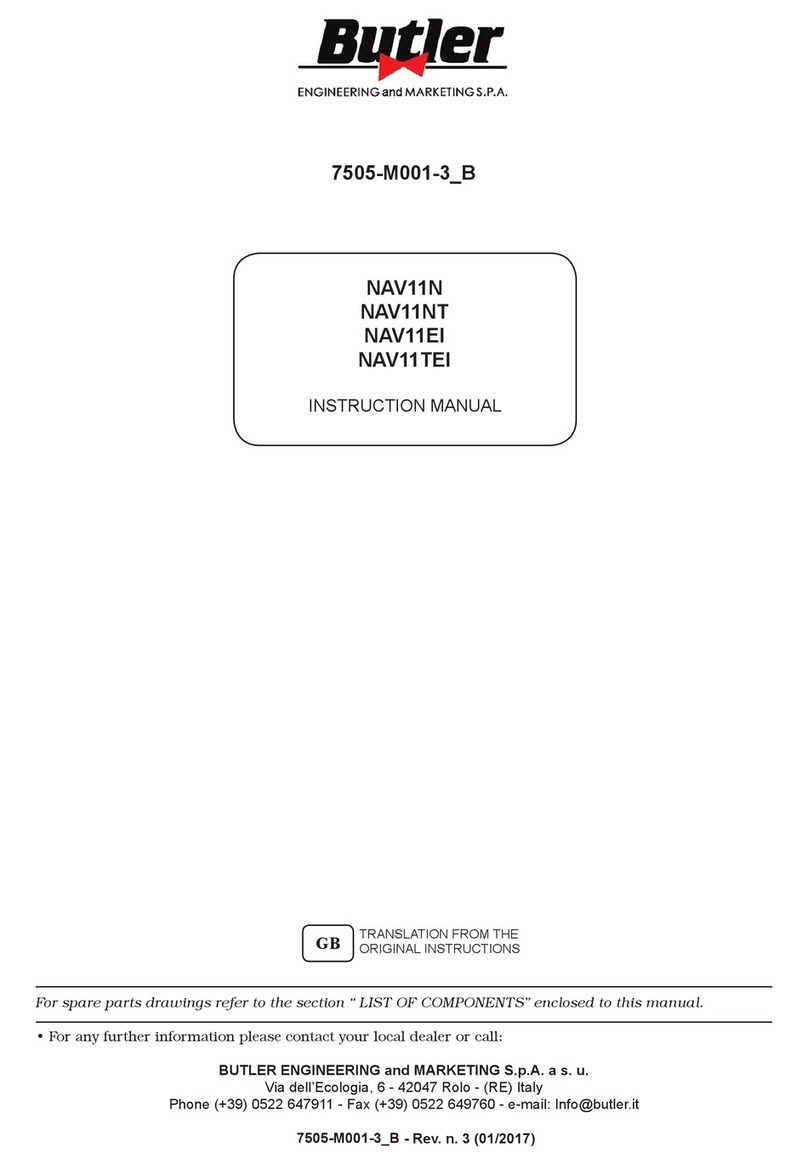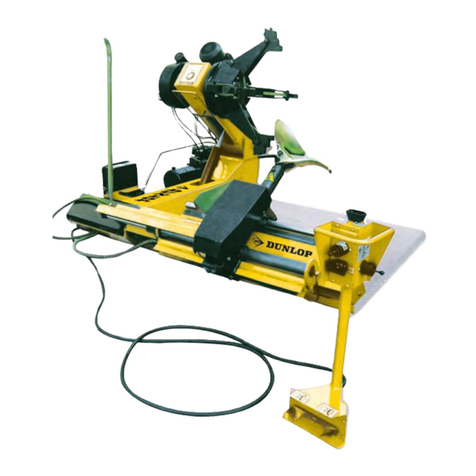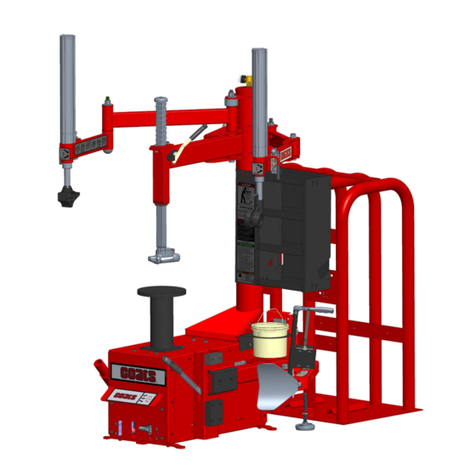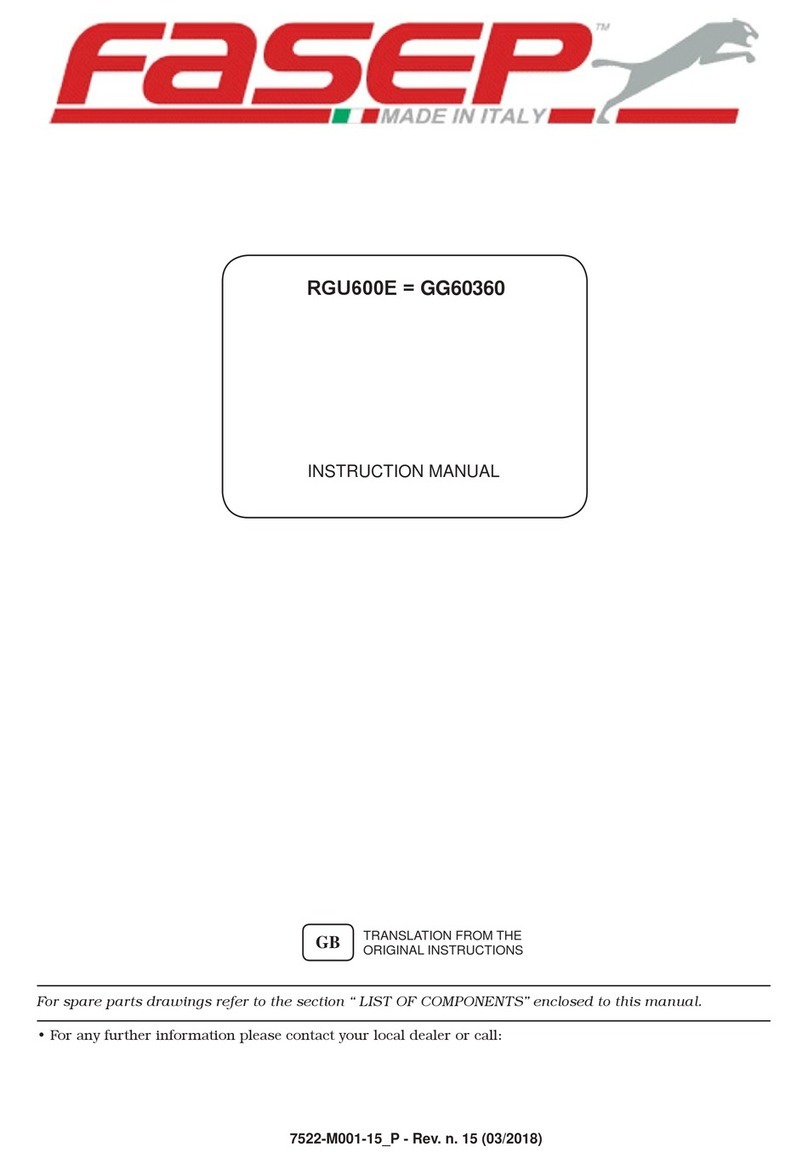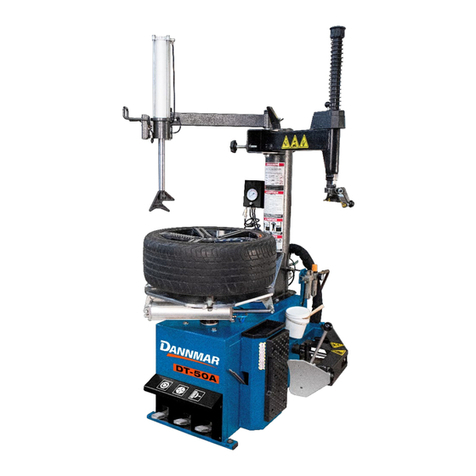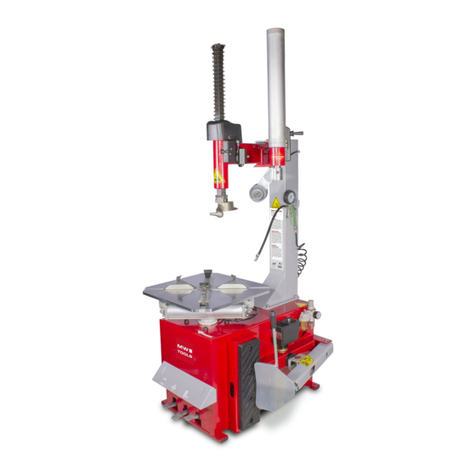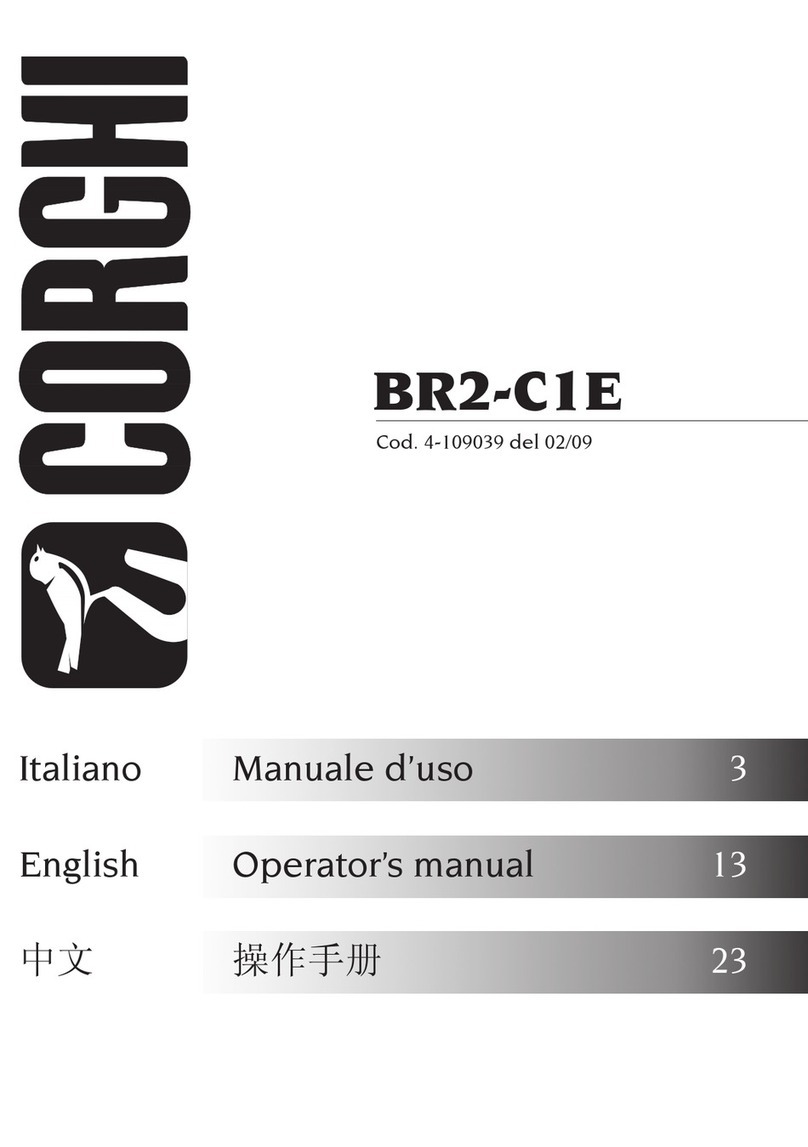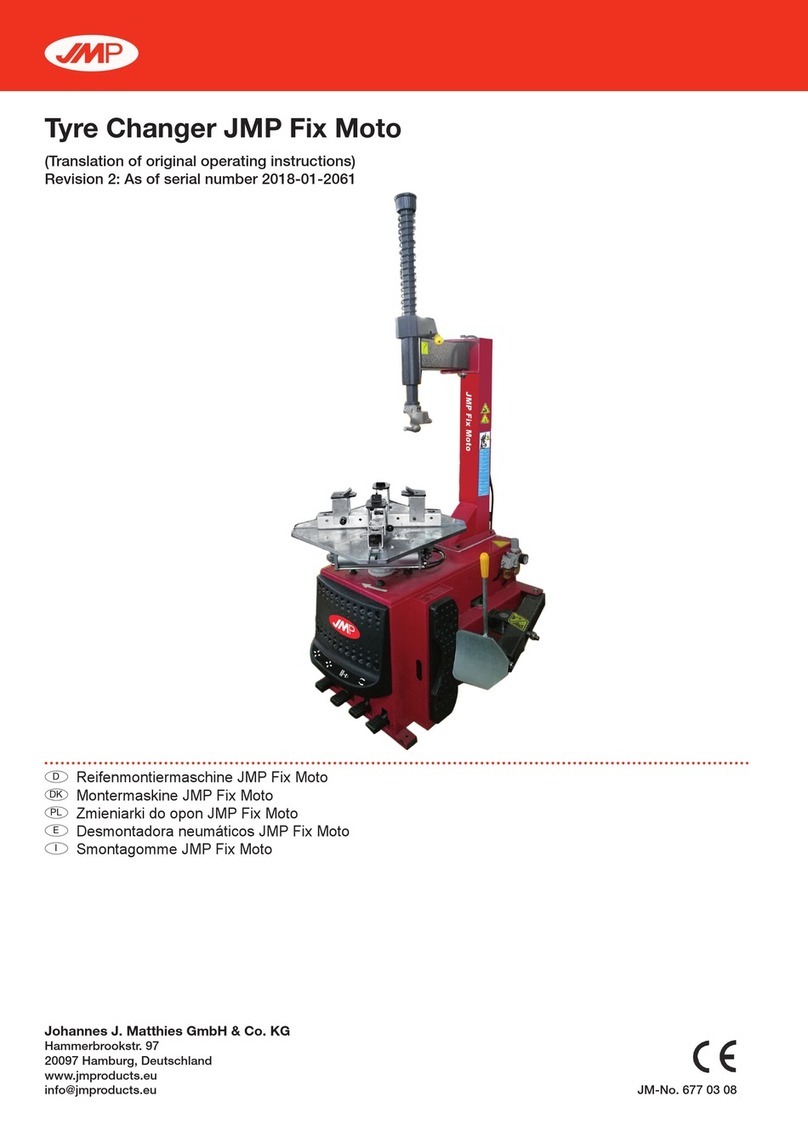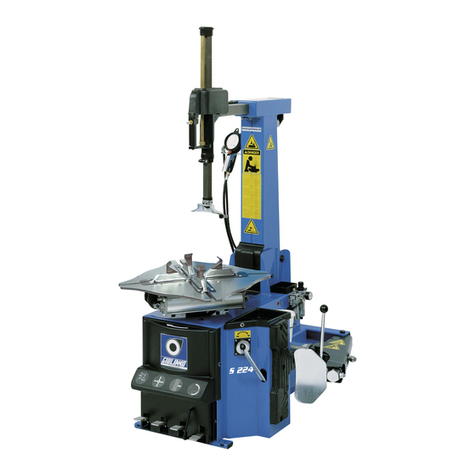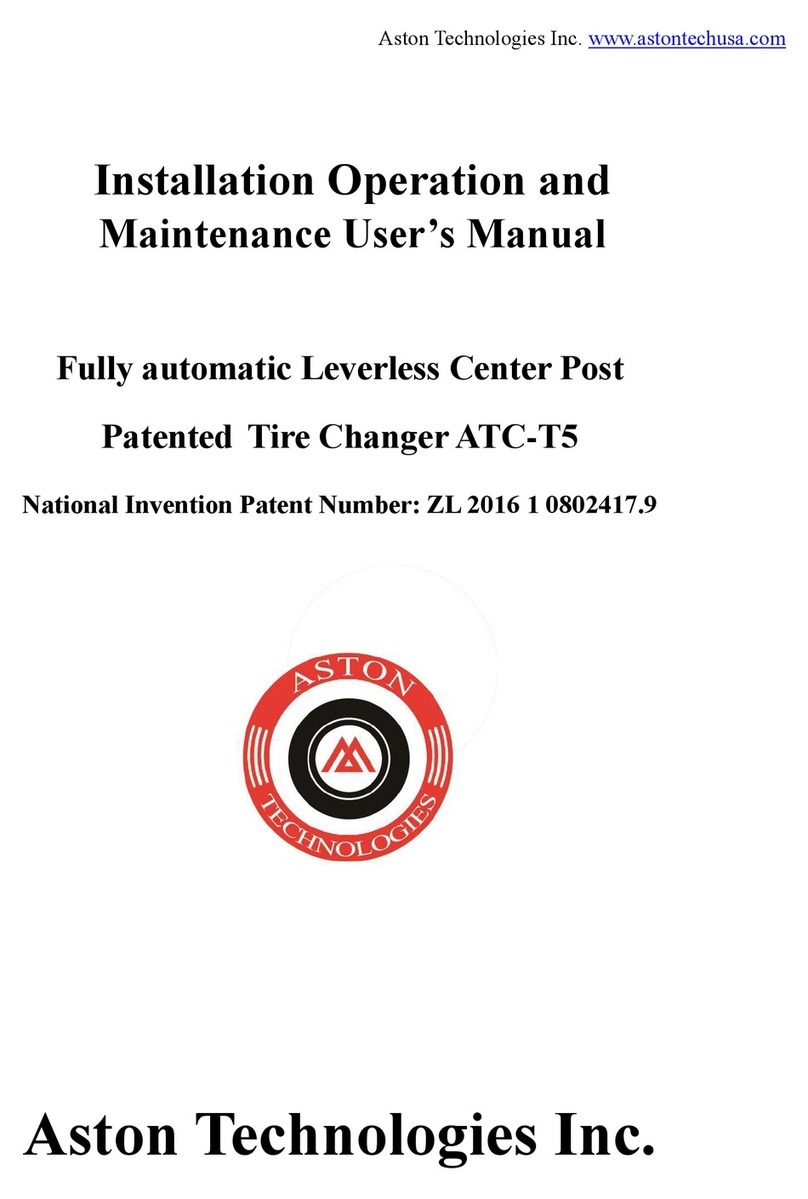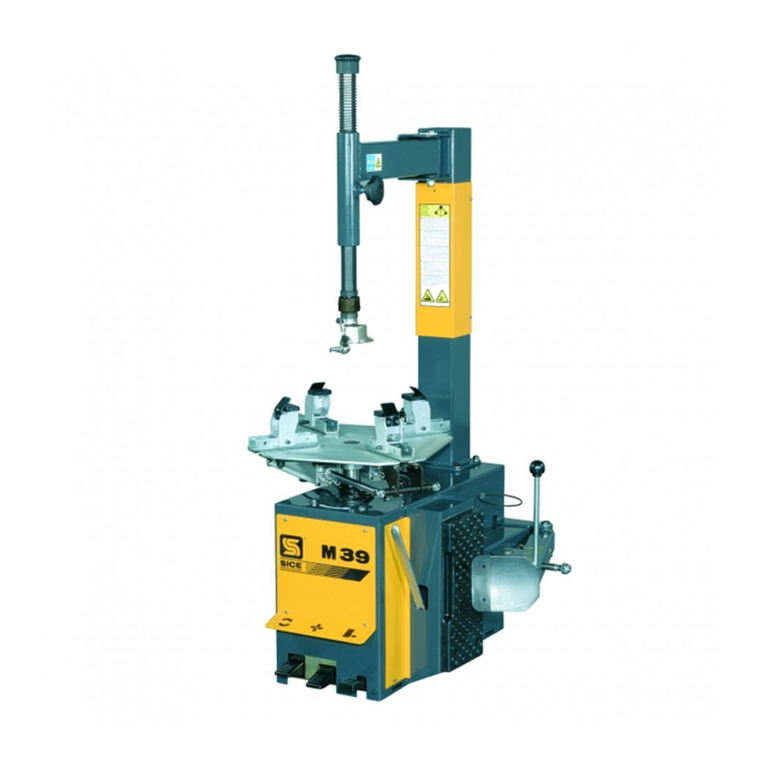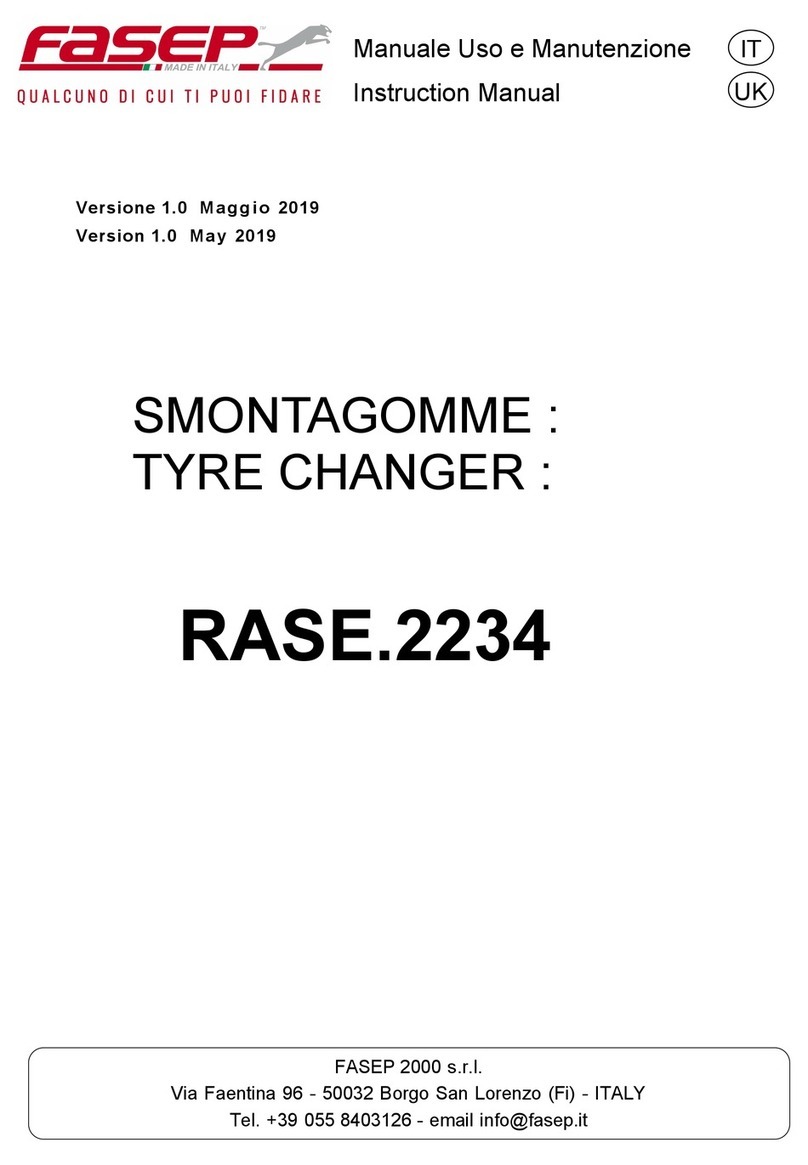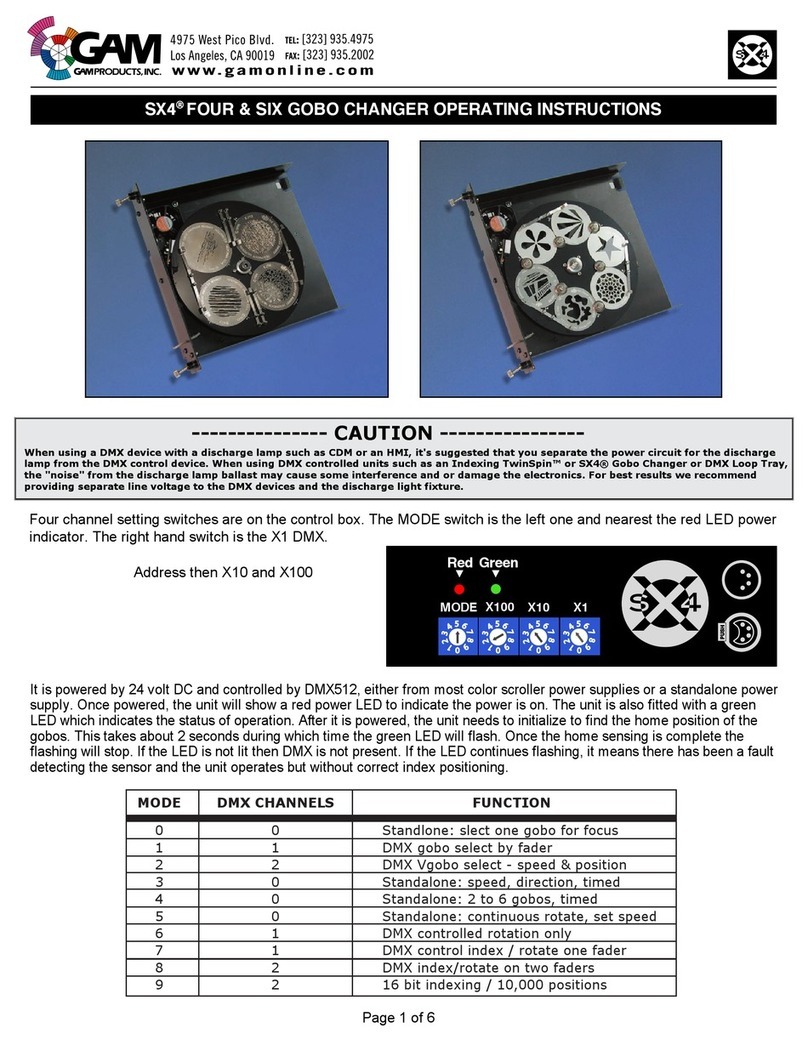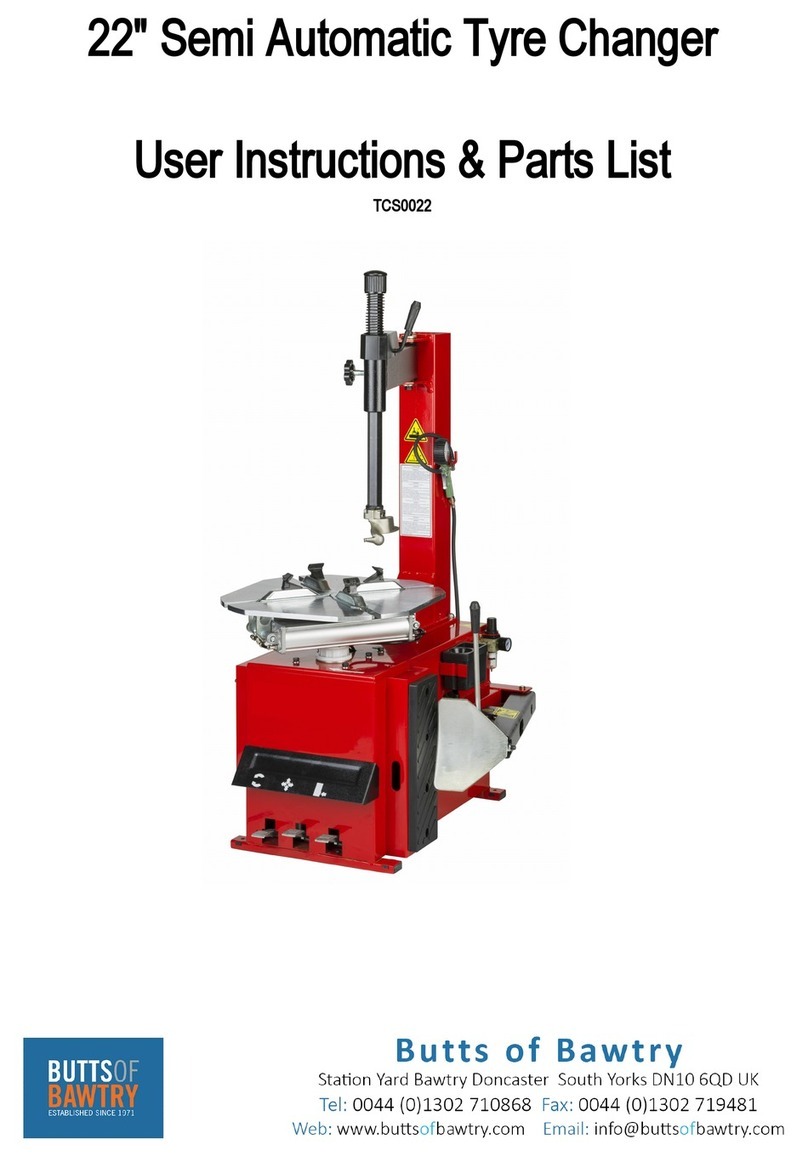DEFINITIONS OF
HAZARD LEVELS
Identify the hazard levels used in this manual with the
following definitions and signal words:
DANGER
Watch for this symbol: It Means: Immediate hazards which
will result in severe personal injury or death.
WARNING
Watch for this symbol: It Means: Hazards or unsafe
practices which could result in severe personal injury or
death.
CAUTION
Watch for this symbol: It Means: Hazards or unsafe
practices which may result in minor personal injury or
product or property damage.
Watch for this symbol! It means BE ALERT! Your safety, or
the safety of others, is involved!
OWNER’S RESPONSIBILITY
To maintain machine and user safety, the responsibility of
the owner is to read and follow these instructions:
Follow all installation instructions.
Make sure installation conforms to all applicable Local,
State, and Federal Codes, Rules, and Regulations; such as
State and Federal OSHA Regulations and Electrical Codes.
Carefully check the unit for correct initial function.
Read and follow the safety instructions. Keep them
readily available for machine operators.
Make certain all operators are properly trained, know
how to safely and correctly operate the unit, and are
properly supervised.
Allow unit operation only with all parts in place and
operating safely.
Carefully inspect the unit on a regular basis and perform
all maintenance as required.
Service and maintain the unit only with authorized or
approved replacement parts.
Keep all instructions permanently with the unit and all
decal's on the unit clean and visible.
Do not attempt to operate this equipment if you have never
been trained on basic tire service and mounting /
dismounting procedures.
4

